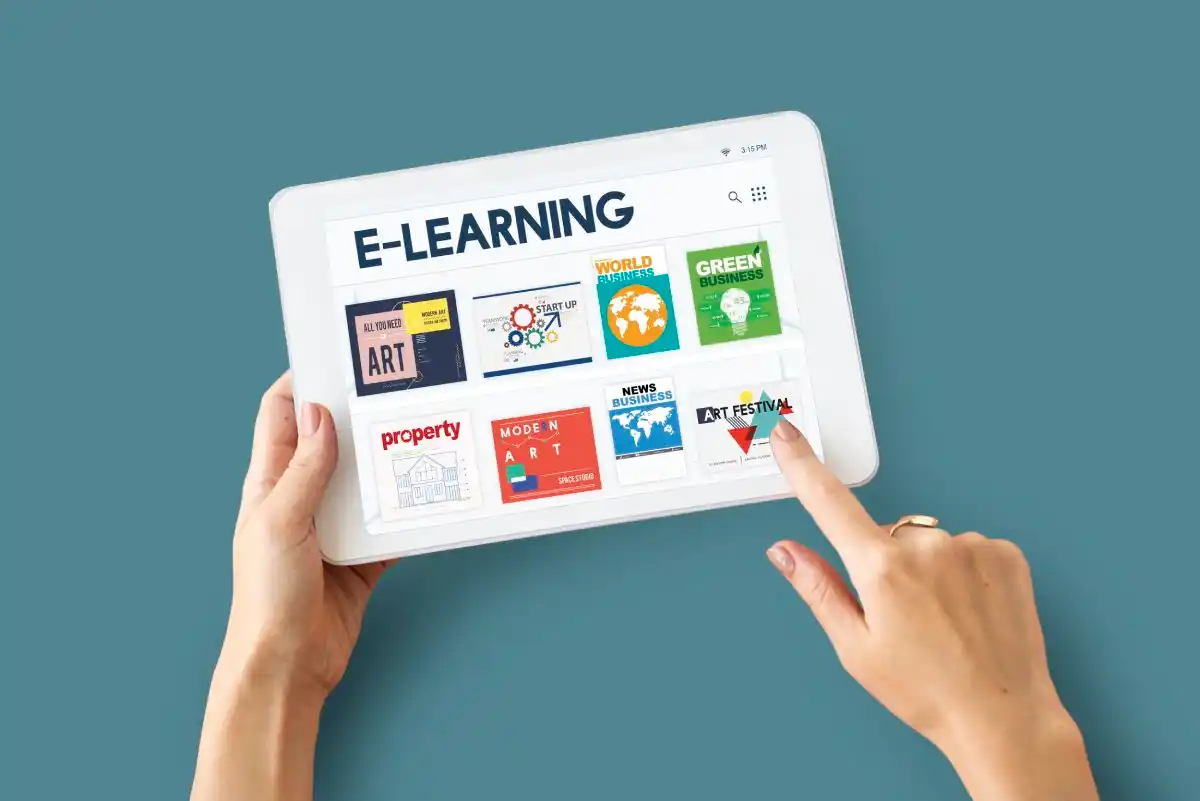The Education Blog

Microlearning: The Future of Bite-Sized Education
As technology advances quickly and attention spans shrink, traditional education models are changing. Learning is no longer just in lecture halls or long courses. Now, it’s more modular, on-demand, and customised to fit individual needs. Microlearning is leading this educational change. It offers content in short, focused bursts. This approach helps improve retention and makes learning more accessible.
Microlearning comes from cognitive science and digital innovation. It has become a key part of e-learning today. It allows learners to gain knowledge in ways that fit their modern lifestyles. Bite-sized content works well for training employees, self-learning, or studying for school.
This article looks at microlearning. We’ll discuss its benefits and drawbacks, and how it may change digital education in the future.
What is Microlearning?
Microlearning means sharing educational content in small chunks. These lessons usually last from two to ten minutes. These units target specific learning outcomes. They are made for mobile devices. This makes them great for learners who are always on the go.
Common Formats:
- Short video tutorials
- Infographics and visual explainers
- Interactive quizzes and flashcards
- Podcasts and audio snippets
- Micro-assignments or simulations
The key is relevance and brevity. Microlearning isn’t just about making content simpler. It’s about breaking it down to its core elements. This helps learners focus better.

The Science Behind Microlearning
Microlearning works well because of how our brains take in and remember information. Research in cognitive psychology and neuroscience shows that shorter, focused learning sessions improve memory and lower cognitive overload.
Key Principles:
- Spaced repetition: Revisiting content in intervals helps solidify learning.
- Chunking: Breaking complex topics into smaller parts makes them easier to understand.
- Active recall: Engaging with quizzes and exercises improves long-term retention.
- Just-in-time learning: Information is more effective when delivered at the point of need.
These elements mix to form learning experiences that are efficient, fun, and fit how people naturally learn new skills.
Why Microlearning is Gaining Ground
1. Adapts to Modern Lifestyles
In a world with little time and many distractions, long courses can seem too much. Microlearning easily fits into busy lives. Users can learn during commutes, lunch breaks, or while waiting in lines.
2. Optimised for Mobile Devices
As smartphones become the primary access point for information, learning must follow suit. Microlearning modules usually focus on mobile use. They provide content in formats made for small screens, ensuring quality remains high.
3. Improves Engagement and Completion Rates
Learners are more likely to complete a five-minute video than a 45-minute lecture. Microlearning keeps users engaged and motivated. This leads to higher completion and retention rates on different platforms.
4. Cost-Effective for Organisations
Microlearning helps businesses cut training costs. It removes the need for long sessions or offsite seminars. Updates are easy to apply. You can quickly scale content across departments or regions.
5. Supports Personalisation and Autonomy
Learners can choose topics that matter to them. They can go at their own speed and review content whenever they need to. This fosters autonomy and supports differentiated learning paths.
Microlearning in Action: Use Cases
1. Corporate Training
Organisations are increasingly using microlearning for compliance, onboarding, leadership development, and product knowledge. Interactive modules and gamification make learning enjoyable and practical.
A retail chain uses 5-minute modules to train new staff on customer service scenarios. This skips long seminars.
2. Higher Education
Universities are adding microlearning to bigger courses. They use it for pre-class prep, revision, and reinforcing concepts.
Students watch short videos that summarise key concepts before lectures. This helps them understand better and participate more.
3. Language Learning
Apps like Duolingo and Babbel teach vocabulary and grammar using microlearning. They offer daily, bite-sized lessons.
4. Professional Upskilling
Platforms like LinkedIn Learning and Coursera provide short lessons. These are great for professionals who want to improve skills without taking full courses.
A marketing executive takes short modules on SEO, digital branding, or analytics during lunch breaks.

The Role of Microlearning in Emerging E-Learning Trends
Microlearning is now a key part of modern education strategies. E-learning trends are changing.
Integrated Learning Ecosystems
Microlearning often works alongside larger learning management systems (LMS). This setup helps integrate it smoothly with other educational resources and assessments.
AI and Adaptive Learning
Artificial intelligence helps microlearning platforms provide personalised content. This is based on learner performance, engagement, and preferences. So, every learner receives what they need, when they need it.
Social and Collaborative Learning
Microlearning modules are increasingly being shared within communities, fostering discussion and collaborative knowledge-building.
Limitations and Considerations
While microlearning offers many advantages, it is not a one-size-fits-all solution.
1. Not Ideal for Complex Topics
Some subjects need deep understanding, critical thinking, or detailed analysis. So, short-format learning might not be enough for them. In these cases, microlearning should supplement—not replace—longer sessions.
2. Risk of Fragmentation
Too many disconnected micro-units can result in a lack of coherence. It’s key to organise content within a bigger framework or curriculum. This helps with clarity and progression.
3. Requires Strong Instructional Design
Creating effective microlearning isn’t about shrinking content—it’s about smart design. Poorly executed modules can feel superficial or overly simplified.
Tips for Effective Microlearning Implementation
If you’re an educator, content creator, or trainer, remember these key points for effective microlearning:
1. Define Clear Learning Objectives
Each module should target a specific, measurable outcome. Vague or overly broad lessons dilute effectiveness.
2. Keep it Focused
Resist the urge to overload short sessions with too much information. One key concept per module is ideal.
3. Incorporate Interactivity
Quizzes, scenario-based questions, and flashcards increase engagement and support active recall.
4. Design for Mobile
Ensure visuals, navigation, and load times are optimised for smartphones and tablets.
5. Enable Tracking and Feedback
Use analytics to monitor learner progress and gather feedback for continual improvement.

Microlearning and the Future of Digital Education
Microlearning is not simply a trend—it’s a response to how we live, learn, and work in the digital age. As digital education grows in new areas, microlearning will act as a bridge and a catalyst for change.
For Learners:
It offers autonomy, flexibility, and access to world-class education—anytime, anywhere.
For Educators:
It offers a tool that supports traditional teaching. This helps boost student engagement and retention.
For Employers:
It helps staff stay up-to-date, skilled, and competitive in a quick job market.
Microlearning shifts from passive learning to active, personalised, and learner-focused experiences. It encapsulates the ethos of modern education: relevant, responsive, and relentlessly forward-looking.
Small Lessons, Big Impact
As attention spans shrink and time gets precious, the need for quick and effective learning solutions grows. Microlearning meets this need by providing focused, impactful content. It connects with today’s learning habits and digital consumption trends.
Microlearning will be key in shaping the future of e-learning and digital education. It can enhance your skills, support corporate training, and enrich classroom experiences.
Act now: Think about your learning needs or your organisation’s goals. Consider how microlearning could make the experience smoother, better, or more helpful. Because sometimes, the smallest lessons make the biggest difference.









